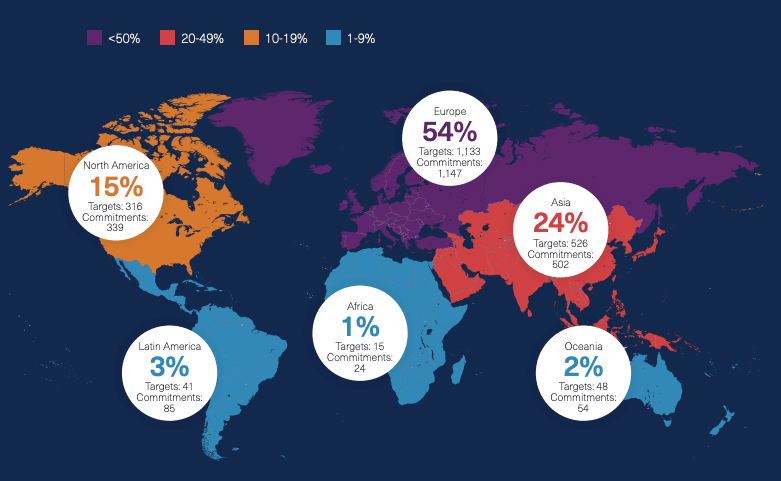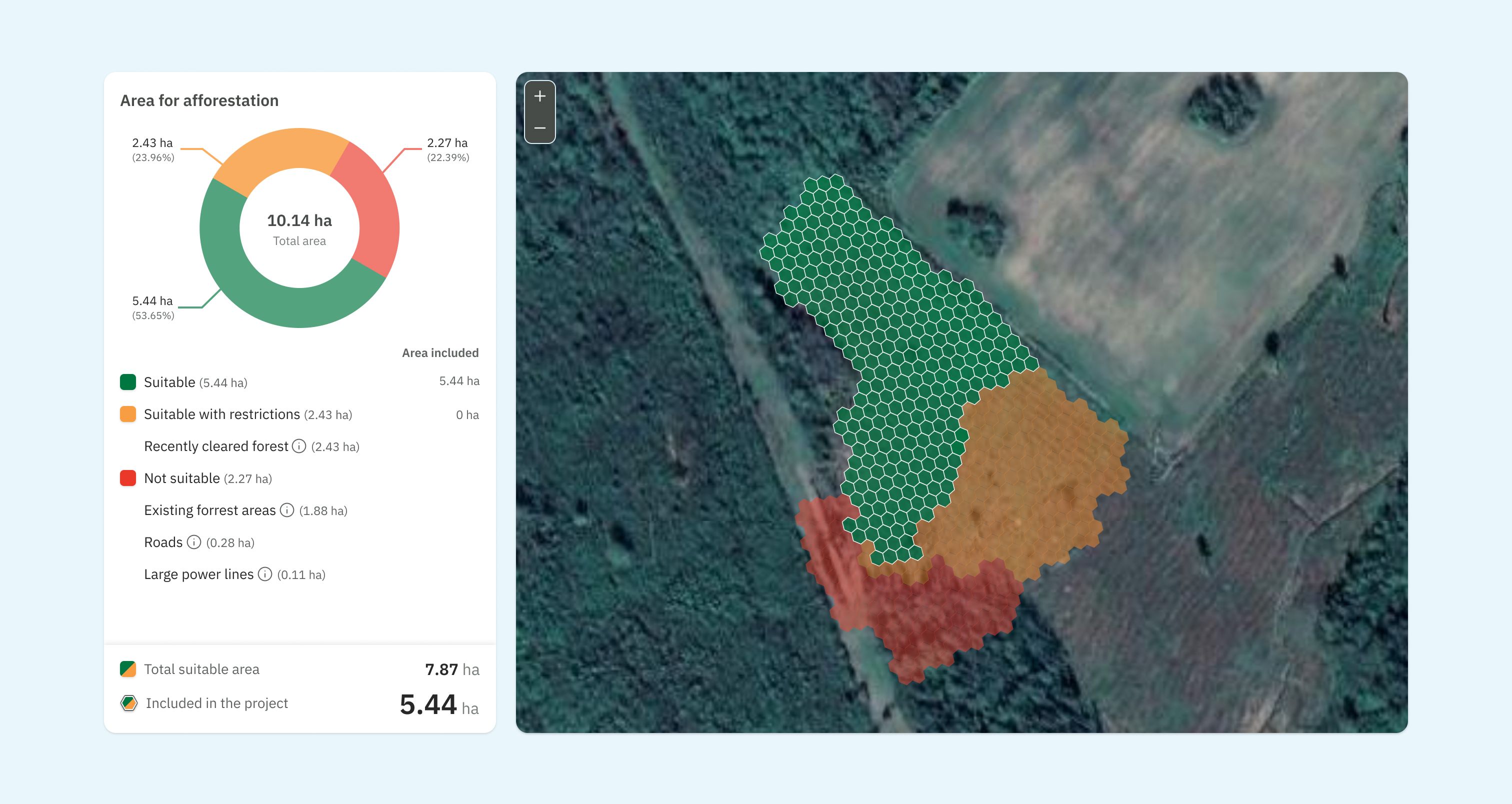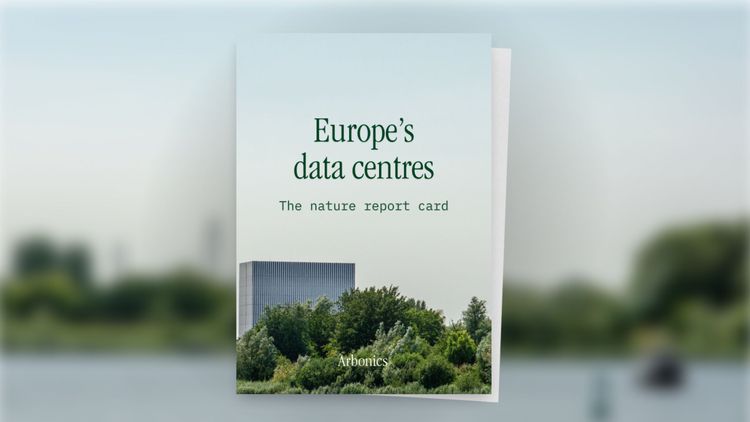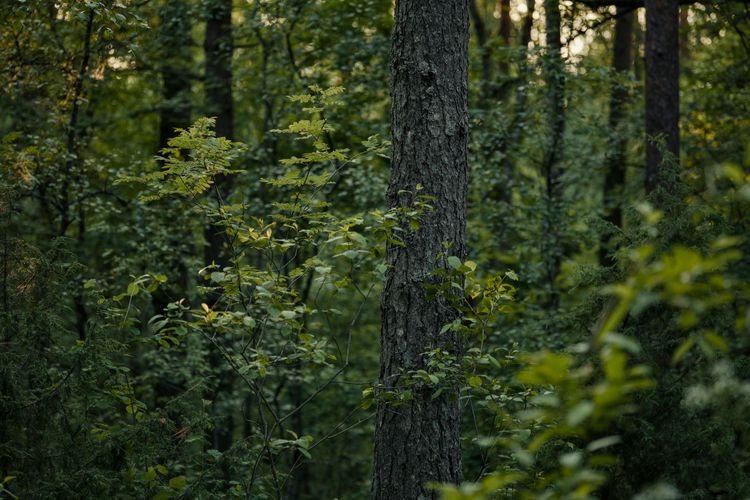EU forests could balance emissions for millions— let’s use them.
Key takeaways
- European forests could sequester over 90 million tonnes of CO2 annually - enough to balance the emissions of 15 million people.
- Despite their importance, European nature-based carbon projects make up less than 1% of traded credits on the voluntary carbon market.
- Arbonics combines advanced data and local expertise to deliver high-quality, traceable carbon credits while supporting sustainable forest management in European forests.
As climate change intensifies, the need for effective carbon removal is more pressing than ever. And at Arbonics, we are particularly inspired by the immense potential of European forests.
Unfortunately, the EU still lacks the incentives to ensure these vital ecosystems are protected. This issue has been on our radar for quite some time, so we explored the crucial role of forests in fighting climate change.
Are you looking for high-quality, Verra-certified credits? Get in touch with one of our experts to see how we can help
How much land in Europe could sequester carbon?
Before we dive into the numbers, let’s cover the basics.
Afforestation, a type of nature-based solution that turns unused or underused land into forests, leverages the process that trees undergo when they absorb CO2 from the atmosphere and store it as biomass.
Think about it like this— trees act as a type of direct air capture technology, only one that’s been tried and tested over 370 million years. In this article, when we discuss carbon sequestration, we’re talking about it happening through afforestation.
Take a look at the graph below, which illustrates how forest coverage has changed in European countries from 1990 to 2020. The trends in coverage vary between countries, with some making small but impressive gains while others fall short:
 Figure 1: European countries by forest coverage
Figure 1: European countries by forest coverage
Drawing on a combination of proprietary data and data from Eurostat, we found that more than 14 million hectares of land across Europe could be used to plant forests. That means that over 90 million tonnes of CO2 could be sequestered per year, on average.
Considering that the European’s yearly CO2 footprint averages at 6.19 tonnes, these forests could balance the emissions of up to 15 million of us, annually. To put that into perspective, that covers the footprint of everyone living in London and Berlin— with emissions to spare.
Not only that, but it has the potential to add £2 billion to the European economy through the use of carbon credits, which are provided to landowners across the continent.
And yes, it’s true— it’s unlikely that all this land will be afforested. So let’s just consider land that has been abandoned or is too poor quality for agriculture (around 1.1 million hectares).
If this land was afforested, it would still capture as much as 9.3 million tonnes of CO2 per year and balance the emissions of 1.5 million people.
Let’s also give thought to the EU's 160 million hectares of existing forests. They have the potential to capture and store up to two gigatonnes of additional carbon each year— that would cover 73% of the EU's total CO2 emissions in 2021.
Why don’t companies invest in European carbon projects?
Our forests hold huge potential, but current efforts still fall short of what’s needed.
Consider this: 53% of all companies with science-based target commitments are in Europe, yet European nature-based removal projects account for less than 1% of the total traded volumes on the voluntary carbon market (VCM).
Climate-conscious companies lack local solutions—projects in well-regulated markets, with high levels of available data, auditability and end-to-end impact visibility.
On the flip slide, the nature-based VCM needs trusted solutions that deliver demonstrable results while ensuring the organisation’s positive intentions don’t result in a negative impact.
 Figure 2: Companies with approved science-based targets as of December 2022.
Figure 2: Companies with approved science-based targets as of December 2022.
How Arbonics helps climate-conscious companies
We’re focused on the European market, working closely with landowners, forestry industry groups, and local regulators to ensure we align with the most stringent EU climate regulations.
Our mission is simple: help companies contribute to nature through traceable carbon credits.
How do we do it? By choosing the best strategies to maximise carbon removal, using data-driven technology and Verra verification to deliver high-quality carbon credits for our partners.
As a single end-to-end solution, we develop projects directly with landowners, manage the verification processes and facilitate credit transactions directly to buyers. In doing so, we remove the layers of brokers and outsourced audit agencies which often dilute transparency and accountability.
We guarantee the longevity of our projects through ongoing monitoring and knowledge transfer to landowners, which increase the long-term probability of a project’s success.
When it comes to data analysis, we use global and European-level datasets like the Global Forest Change and the European Soil Database, while layering on data from local sources, such as land boards, forestry registries, and geospatial information agencies.
We combine over 25 layers from 10 different spatial datasets and services in each country—including topographic, environmental, and remote sensing-based data—to ensure highly accurate insights. This includes:
- Orthophotos
- LiDAR
- Satellite-derived technology
And many more!
 Figure 3: Arbonics' Carbon Opportunity Assessment for afforestation
Figure 3: Arbonics' Carbon Opportunity Assessment for afforestation
Then, leveraging science-driven methods and our team's forestry expertise, we monitor existing vegetation and soil types to recommend the best locations and tree species for planting.
We also include local forestry and Verra’s regulation, to provide a transparent view of land suitability.
It’s worth mentioning that we’re big on holistic and diverse solutions. We go beyond just capturing carbon and aim to create biodiverse ecosystems; for example, by matching species to soil and land conditions while taking into account resistance to pests and climate change.
It’s time we unlock the value of European forests
The journey towards net-zero emissions by 2050 is made up of many moving parts. It’s challenging, but achievable. And while nature-based solutions alone won’t get us all the way there, they’re a crucial piece of the puzzle.
The future of the European market for nature-based solutions is bright, and real progress will come from the collective adoption of this technology.
Is your company looking for high-integrity credits from European forests?
Just let us know by filling out this form. One of our experts will be in touch!
- Key takeaways
- How much land in Europe could sequester carbon?
- Why don’t companies invest in European carbon projects?
- How Arbonics helps climate-conscious companies
- It’s time we unlock the value of European forests
- Is your company looking for high-integrity credits from European forests?


